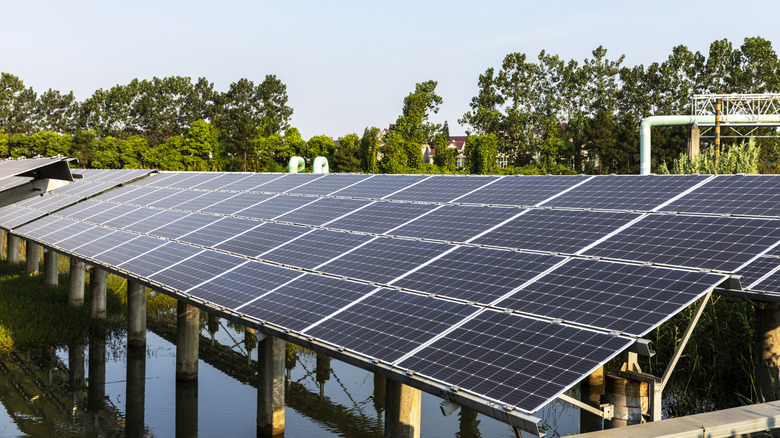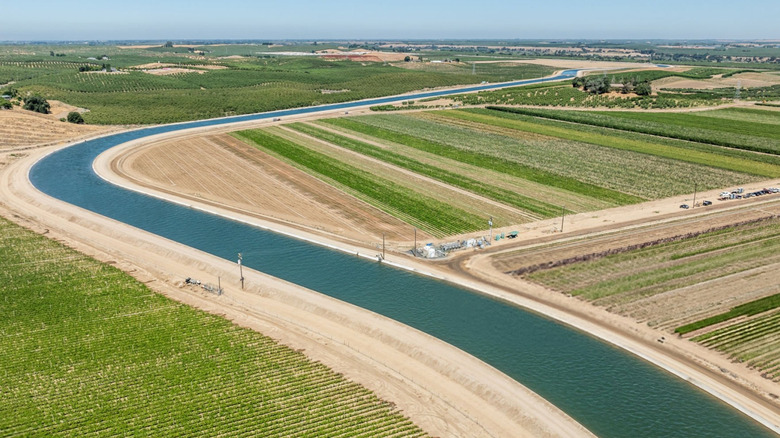California's Solar Experiment Is Working – Here's What That Could Mean For Everyone Else
As the Trump administration's One Big Beautiful Bill strips billions of dollars from solar projects across the nation, California's $20 million solar gamble called "Project Nexus" is paying off. This venture, which is the first of its kind in the United States, involves the installation of solar panel canopies over sections of irrigation canals. It is funded by the state, and is expected to generate 1.6 megawatts of renewable power.
Central California has thousands of miles of canals that take water from reservoirs and dams and bring it to fields of almonds, grapes, and other crops. Project Nexus is a collaboration between the Turlock Irrigation District, the California Department of Water Resources, the University of California Merced, and a company named Solar AquaGrid. It is meant as a proof of concept, with more projects like it to come in the future should Project Nexus prove successful.
The installation of the solar panels is not yet complete, and it will take at least a year for a cost benefit analysis to truly shed light on the project's success. But the Turlock Irrigation District has already noted improved water quality and reduced aquatic growth. If the project is successful, it could be duplicated not just in other areas of the U.S., but around the world, with Romania, Ukraine, Vietnam, and Spain all expressing interest in the project's results.
How Project Nexus works
The name Project Nexus refers to the water-energy nexus paradigm: the interconnectedness between water and energy in public utilities. It is more than just using water for energy production and vice versa. This venture is an evolution of that basic principle, using existing infrastructure in the canals to help produce renewable solar energy, while managing limited natural resources.
Placing solar panels over canals is not just a convenient way to generate solar power. Shading these canals reduces water evaporation and improves the quality of the water. A decrease in the growth of aquatic plants and vegetation should lead to less maintenance on the canals themselves. Placing the solar panels over water instead of land helps to keep the solar panels cool, which means they can operate more efficiently.
As the project evolves, scientists are also learning what works and what doesn't. Panels are being placed over both narrow and wide sections of the canal, and project technicians are examining how panel placement and the conditions around the canal impact effectiveness. A section of panels that are scheduled for installment in November 2025 will use a retractable system that sits closer to the surface of the water. California has mandated that 60% of electricity be renewable by 2030, and 100% carbon free by 2045, so Project Nexus is intended to help the state meet both of those goals.

